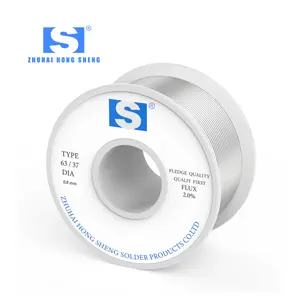

Earth Yellow Green Copper Power Cord Insulated With PVC For Ground Earth Spring Durable Wire Spiral Cable Wire






















Welding is a critical process in various industries, and the choice of welding wire significantly impacts the efficiency and quality of the weld. Copper-free welding wire is a specific category of welding consumables designed to address certain welding challenges. This type of wire is characterized by its absence of copper coating, which can lead to a cleaner welding process and reduce the occurrence of spatter.
The welding wire market offers different types of copper-free wires to suit various welding needs. The primary types include solid-gas metal arc welding (GMAW) wires, composite GMAW, and gas-shielded flux-cored arc welding (FCAW) wires. Each type serves a unique purpose, from delicate sheet metal work to robust industrial fabrication, making them versatile for applications in automotive, shipbuilding, and manufacturing sectors.
Selecting the appropriate welding consumables is crucial for a successful welding operation. Factors such as the base metal, welding position, and the desired finish play a significant role in the selection process. Copper-free wires are known for their reduced spatter and cleaner weld area, which can enhance the welding speed and overall weld appearance. The absence of copper also minimizes the risk of copper-related cracking and porosity in the weld.
Utilizing copper-free options in welding operations can lead to several benefits. These wires often provide better feedability and less friction in the welding gun's contact tip, resulting in smoother arc performance. Additionally, the environmental aspect cannot be overlooked, as these wires contribute to a reduction in fume generation, creating a healthier work environment.
The composition of copper-free welding wire typically includes a mix of alloys that are engineered to achieve specific mechanical properties. These properties can influence the wire's tensile strength, ductility, and impact resistance. Understanding the material composition is essential for welders to ensure that the wire meets the demands of the application and the performance criteria of the finished weld.
In conclusion, the selection of the right welding wire is a pivotal decision in the welding process. While copper-free welding wires offer distinct advantages, it is important to consider the specific requirements of the job at hand. Factors such as the type of metal being welded, the welding technique, and the desired outcome should guide the choice of wire. By carefully considering these aspects, welders can achieve optimal results with their welding projects.